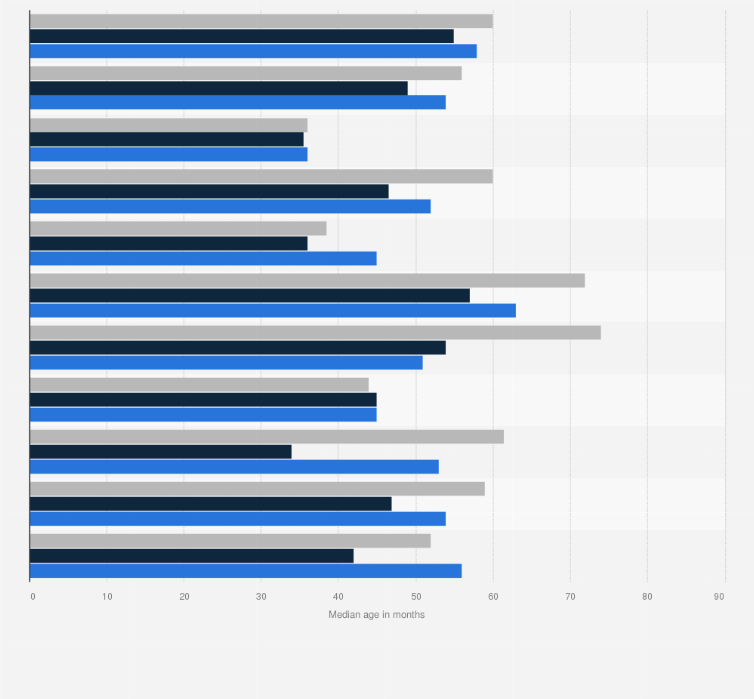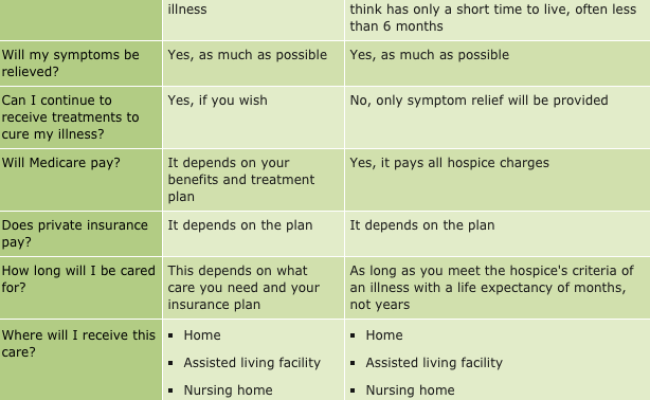
We'll be discussing the cost of various diagnostic tests, as well as methods to assess their accuracy and precision. We will also cover the most commonly used ways these tests are reported. We'll also discuss the most common ways these tests are reported. Finally, we'll discuss how to select the right diagnostic test that suits your needs. This article should assist you in making an informed decision. Although diagnostic tests may appear intimidating, they are not as difficult as they sound.
Diagnostic tests cost
The current health care system focuses on three categories of medical costs, but it fails to track the cost of diagnostic tests. The government doesn't focus on the cost of diagnosis, according to the outgoing secretary of Health and Human Services. This gap must be closed. In addition to reducing the costs of treatments, cost management strategies can improve the quality and safety of care. These are some cost management strategies. Continue reading for more information.
The Netherlands' healthcare spending has seen a dramatic increase in recent years. In 2018, Dutch healthcare expenditures exceeded the 100 billion euro threshold. The second biggest contributor to the growth of healthcare expenditures in the Netherlands is primary care. In fact, 20-30% of all healthcare expenditures in the Netherlands are attributed to the growth of diagnostic testing. This has made diagnosis an important target for intervention efforts here in the Netherlands. Many factors can account for this trend.

These methods are used to evaluate their accuracy
The equivalence between the analytical methods used in a diagnostic test is an important aspect of any systematic review of its accuracy. Due to the fact that they target different organs and tissues, two blood-based methods (immunochemical and colourimetric) cannot be considered equivalent tests. However, the concept of test accuracy, as commonly used, involves dichotomization of data, so the method used to determine the relative accuracy of tests should be described in as much detail as possible.
There are many measures that can be used to evaluate test performance. Some of these are not applicable in everyday practice. While some measures assess the discriminative power of a test while others measure its ability exclude a specific disease, there are many other ways to measure it. Although the methods used to assess the accuracy of diagnostic tests differ, they are generally dependent on the characteristics of the population. A test that has high sensitivity tends not to be specific. The reverse is true.
They are analyzed using statistical methods
There are many limitations to statistical methods that evaluate the accuracy and reliability of diagnostic tests. There are many limitations to these methods, such as missing subgroups of patients, intermediate cases and specimens. The reported results often overestimate the diagnostic test's accuracy. The reported results might not be accurate. The methodology and drawbacks of statistical methods that assess the precision diagnostic tests' results should be reported.
Statistical methods used to assess the precision of a diagnostic test use two measures to compare the sensitivity and specificity of the test results with the true disease status of an individual. These measures can often be seen in a two by-two table. The number and percentage of patients affected by the target diseases or in control groups is represented by the number of cells. These measures can be expressed in terms of specificity, sensitivity, and accuracy.

Test results are often reported as being "commonly"
To ensure that diagnostic test results are accurate and reliable, it is important to report them accurately. It allows for prompt treatment as well as preventive measures. You can avoid unnecessary testing and treatment by having a reliable diagnosis result. Here are some suggestions for reporting diagnostic test results. Continue reading to find out more. Let us know what your thoughts are.
- It is important to indicate the type of diagnostic test. There are both qualitative and quantitative results to some tests. If the end result is qualitative, then the test produced a quantitative result. The ordinal number is used to indicate that more than one response is possible for a diagnostic test. This document is not applicable to multiple samples taken from a single patient. It is crucial to use the correct terminology when reporting diagnostic test findings.
FAQ
What are the primary functions of a healthcare system?
The health insurance system should be able to provide the necessary medical facilities for those who require them at a reasonable rate and allow everyone access to quality services.
This includes providing health care and promoting healthy lifestyles. It also includes equitable distributions of health resources.
What is a health care system?
The entire spectrum of health care is covered, including rehabilitation and prevention. It includes hospitals and clinics as well as pharmacies and community services.
Complex adaptive systems are the hallmark of health systems. They can have emergent qualities that cannot be predicted if you only look at individual components.
Health systems are complex and difficult to understand. This is where creativity steps in.
Creativity helps us find solutions to problems we don't know how to solve. We can use our imagination to think of new ways to improve and create new ideas.
People who think creatively are essential for health systems because they are always changing.
The ability to think creatively is key to improving the functioning of health systems.
Why do we have to have medical systems?
People in developing nations often do not have access to basic health care. Many people who live in these areas are affected by infectious diseases such as malaria and tuberculosis, which can lead to premature death.
Most people in developed countries have routine checkups. They also visit their general practitioners to treat minor ailments. Many people are still suffering from chronic diseases like heart disease and diabetes.
Who is responsible to ensure public health?
All levels of government are responsible for public health. Local governments have control over roads, schools, parks, recreation areas, and other public services. National and state governments have laws and regulations that regulate food safety, workplace safety, consumer protection, and other areas.
What would happen if Medicare was not available?
Americans who are not insured will see an increase. Employers will be forced to terminate their employees' plans. Many seniors will also be paying more for prescription drugs and other services.
What is the distinction between public and private health?
Both terms refer to decisions made by policymakers and legislators to affect the delivery of health services. One example is the decision to build an additional hospital. This decision could be made locally or regionally. Similarly, the decision about whether to require employers to offer health insurance may be made by local, regional or national officials.
Statistics
- Foreign investment in hospitals—up to 70% ownership- has been encouraged as an incentive for privatization. (en.wikipedia.org)
- Price Increases, Aging Push Sector To 20 Percent Of Economy". (en.wikipedia.org)
- Consuming over 10 percent of [3] (en.wikipedia.org)
- The health share of the Gross domestic product (GDP) is expected to continue its upward trend, reaching 19.9 percent of GDP by 2025. (en.wikipedia.org)
- About 14 percent of Americans have chronic kidney disease. (rasmussen.edu)
External Links
How To
What is the Healthcare Industry Value Chain
All activities that are involved in providing healthcare services for patients make up the healthcare industry value chain. This includes the operations of hospitals and clinics as a whole, and the supply chain that connects them to other providers. The result is a continuum which starts with diagnosis and ends in discharge.
The value chain is composed of four main components:
-
Business Processes – These are the tasks that individuals perform throughout the delivery of health care. A doctor might conduct an exam, prescribe medication and send a prescription to a pharmacy. Each step of the process must be completed accurately and efficiently.
-
Supply Chains – All organizations that ensure the right supplies reach the correct people at the right times. One hospital may have many suppliers. This includes pharmacies and lab testing facilities as well as imaging centers and janitorial staff.
-
Networked Organizations: To coordinate these entities, it is necessary to have some means of communication between them. Hospitals often have several departments. Each one has its own phone number and office. To ensure that everyone is up to date, every department will have a central point from which employees can access updates.
-
Information Technology Systems (IT) - IT is essential in order for business processes to run smoothly. Without it, things would fall apart quickly. IT is also a platform that allows for the integration of new technologies into the system. If doctors want to integrate electronic medical records in their workflow, they can use secure network connections.